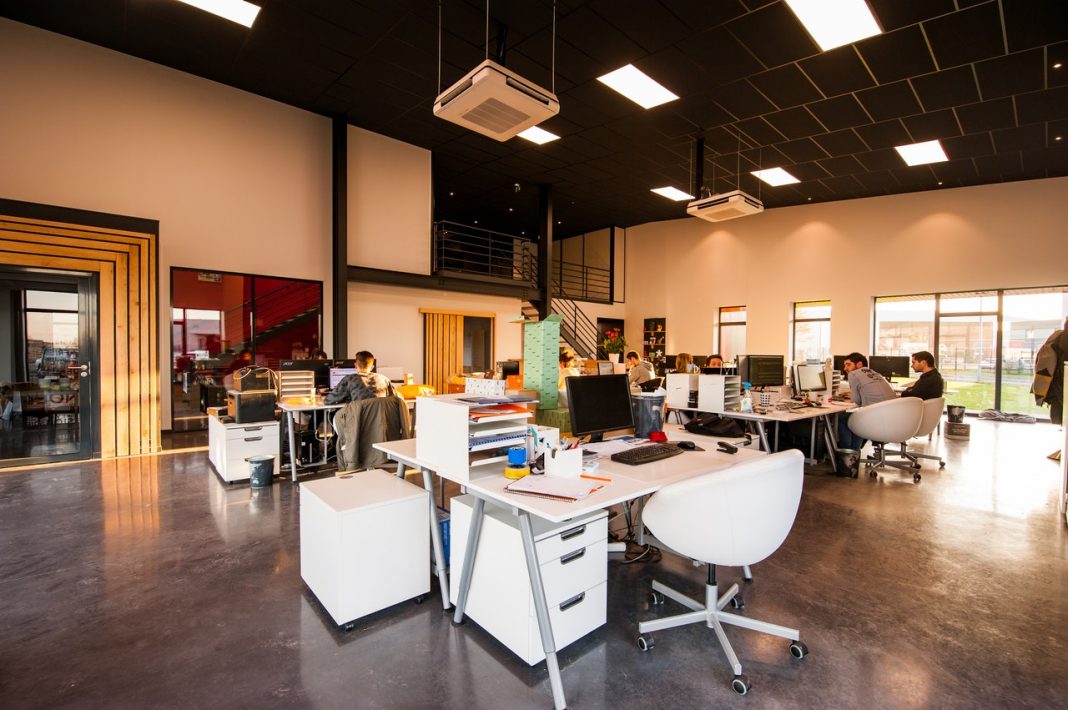Faced with increased consumer expectations and pressure from the general public to perform ethically and responsibly, organisations in both the public and private sectors are finding measures that enable them to meet these demands while enhancing their productivity and competitiveness.
One such measure that they can take to overcome these challenges is creating a healthy workplace.
The World Health Organisation (WHO) defines such workplace as “(those) in which workers and managers collaborate to use a continual improvement process to protect and promote the health, safety and well-being of all workers and the sustainability of the workplace… based on identified needs.”
Organisations that intend to design a healthy workplace should consider (1) the health and safety concerns in the physical work environment; (2) the health, safety and well-being concerns in the psychosocial work environment, such as organisation of work and workplace culture; (3) the personal health resources in the workplace, i.e. support and encouragement of healthy lifestyles by top management; and (4) ways of participating in the community to improve the health of employees, their families and members of the community.

The WHO further suggests five key features that can benefit employees and overall organisational performance through a healthy workplace:
Leadership commitment and engagement: This requires mobilising and gaining commitment from senior leadership, union leadership and other major stakeholders to incorporate healthy workplaces into the organisation’s goals and values. Such commitment can be proven by establishing and adopting a comprehensive policy that is signed by the organisation’s highest authority to clearly indicate the importance of healthy workplace initiatives in its business strategy.
Involve workers and their representatives: Employees and their representatives must be active participants in assessing risks and managing processes of implementing healthy workplace initiatives. They must also be able to express their opinions and ideas collectively rather than merely being “consulted” or “informed”.
Business ethics and legality: It is expected of an organisation to prioritise its employees’ health and safety. Therefore, the organisation must adhere to the employees’ social and ethical codes as part of its role in the broader community; enforce occupational health and safety codes and laws; and be responsible for its employees, their families and the public to prevent any undue risks and human suffering.
Use a systematic, comprehensive process to ensure effectiveness and continual improvement: This process begins with mobilising strategic commitment to a healthy workplace. It is followed by assembling required resources; assessing current situation and desired future; determining priorities; developing overall plan and specific project action plans through consultation with various relevant parties; and implementing the plan. The process ends with evaluating plan acceptance and effectiveness, and making necessary improvements.
Sustainability and integration: To ensure the longevity of healthy workplace initiatives, an organisation should undertake various measures, such as considering health, safety and well-being in top decision making; establishing a health and safety committee; examining aspects of health, safety and well-being to identify a more extensive range of solutions; and reinforcing and recognising desired behaviour through performance management systems that take into account behavioural standards and output targets.





